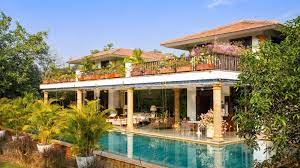
Posted: 04,May 2023 9:33 PM
☘ The history of farmhouses dates back to ancient times, when humans first began to settle and cultivate the land. Farmhouses were essential for providing shelter, food storage, and protection for the farmers and their families.
⊗ Over time, the design and construction of farmhouses have evolved to reflect changing cultural, technological, and economic conditions.
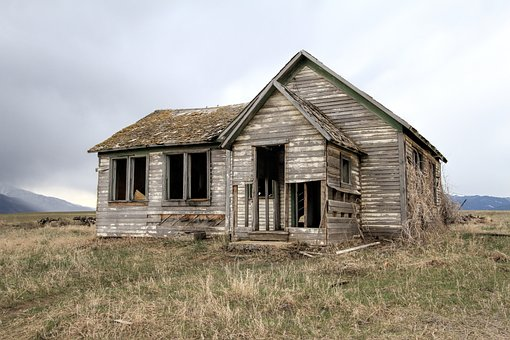
☯ In Europe, farmhouses were typically built as longhouses, with the family living quarters at one end and the livestock housed at the other end. This design allowed for easy access to the animals during the cold winter months, as well as providing warmth for the family from the animals' body heat. The use of thatch roofing and mud or stone walls was common in early farmhouses.

☯ During the medieval period, farmhouses began to be built with more elaborate designs and features, such as multi-story structures with thatched roofs and large chimneys for heating and cooking. In some areas, farms were clustered together in small communities, known as a "hamlet," to provide mutual support and protection.
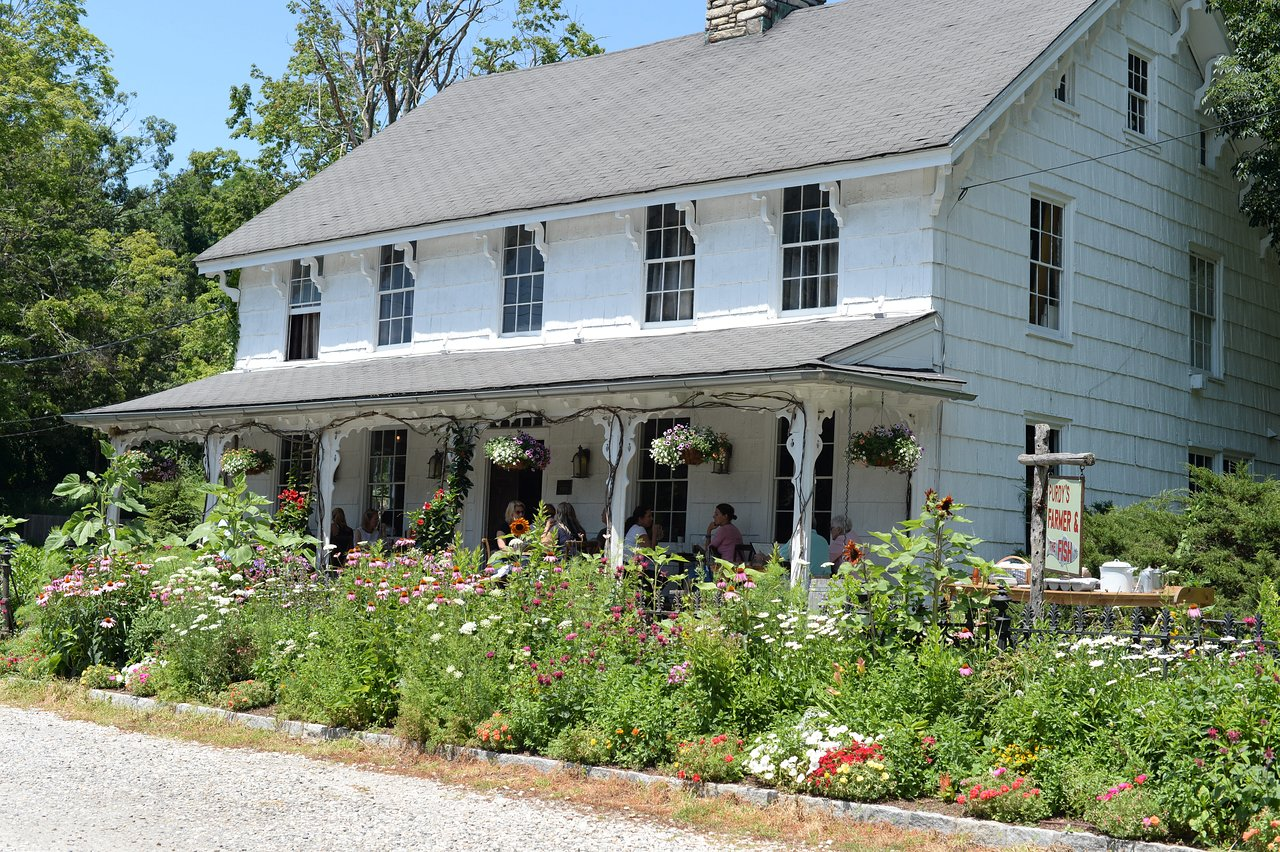
☯ With the advent of the Industrial Revolution, farmhouses began to be built with more modern materials, such as brick and slate. The increased availability of building materials allowed for more elaborate designs, such as the Victorian farmhouse style popular in the United States in the 19th century. These farmhouses often featured ornate details such as decorative molding, elaborate porches, and bay windows.
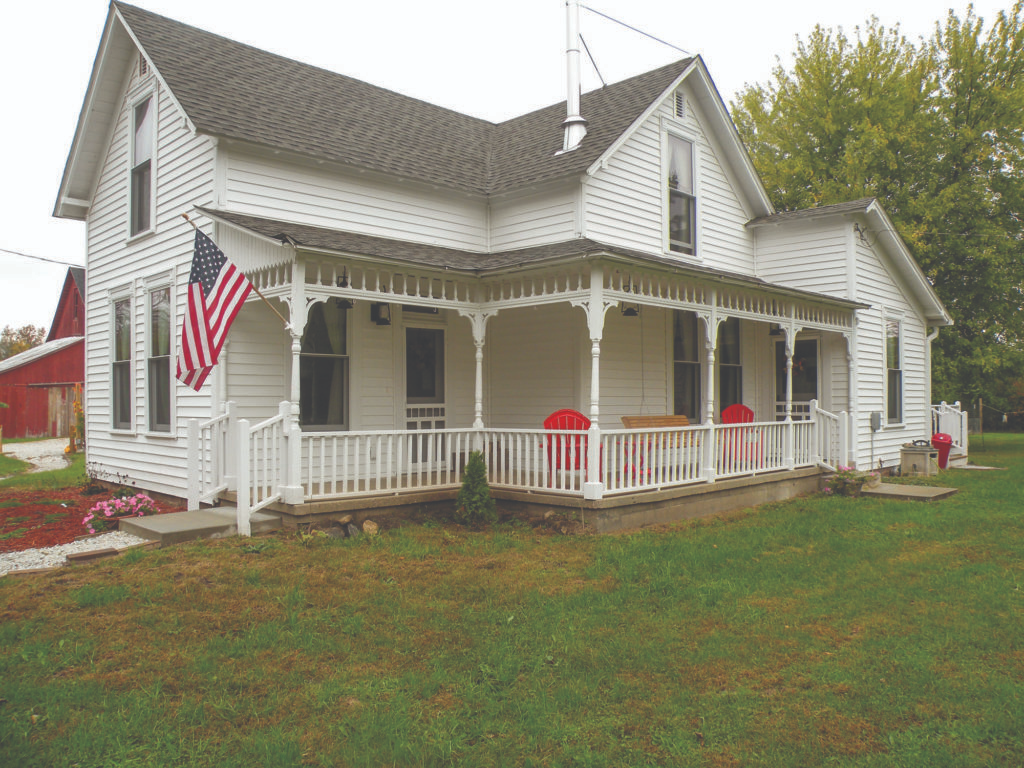
☯ In the 20th century, changes in agriculture and the growth of urbanization led to the decline of traditional farmhouses. Many were abandoned or converted into vacation homes, and few new farmhouses were constructed. However, in recent years, there has been a renewed interest in sustainable agriculture and rural living, which has led to a resurgence in the construction of modern farmhouses.
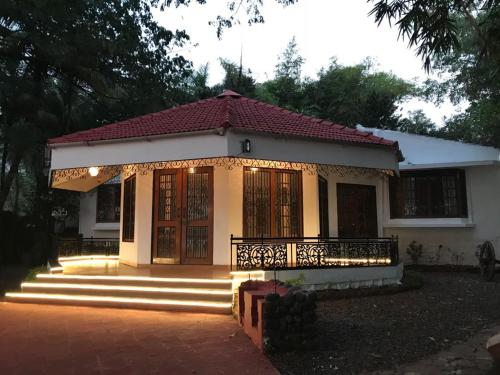
☯ Today, farmhouses come in a variety of styles, from traditional to modern. Many modern farmhouses feature large windows to take advantage of natural light, open floor plans, and energy-efficient materials. Some are built to blend seamlessly with their rural surroundings, while others incorporate contemporary design elements.



